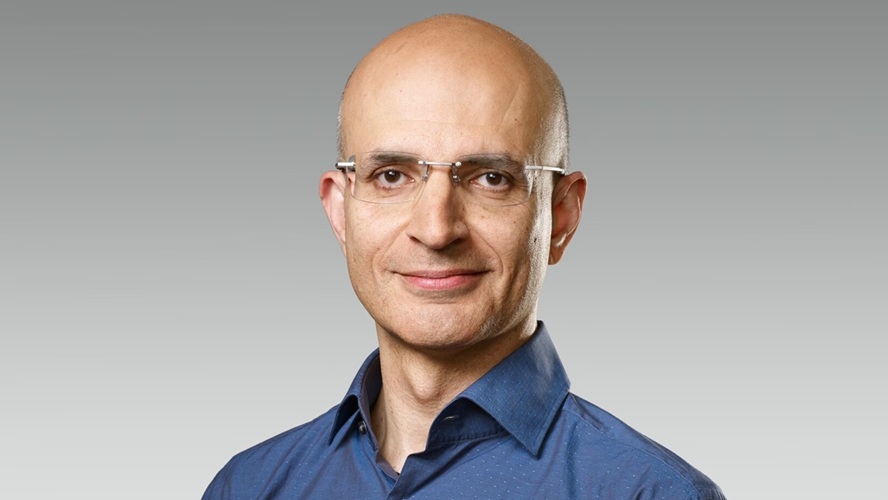By : Ms Amrin Memon (MBA – Finance)
Sukuk, due to their fixed profile and enhanced credit features, are one of the most popular and commonly used financial instruments in the Islamic Capital and Money Market. Sukuk are the fastest emerging alternative instruments and capital markets tool which are increasingly used by governments, government-held entities and corporations, majorly in GCC and Middle East followed by South East Asia. The Sukuk market is rapidly integrating into the global capital markets and its geographic reach is widening tremendously.
Sukuk represents undivided shares in the ownership of tangible assets relating to particular projects or special investment activity. A sukuk investor has a common share in the ownership of the assets linked to the investment hence holding an undivided beneficial ownership in the underlying assets.
Consequently, sukuk holders are entitled to a share in the revenues generated by the Sukuk assets.
- Sukuk is a legal instrument which complies with shariah law and is governed by legal contracts, approved and reviewed by shariah scholars and respective regulatory authorities. ( protects the interest of the investors)
- Issuers have obligation for the payments of dividend and principle amount on certain specified day.
- Issuer has to share profit/loss so as generated by the sukuk assets. (Providing income to sukuk holders)
- Sukuk is asset based security having stable income and can be traded in secondary market. ( Providing liquidity for the investors)
In general sukuk constitutes partial ownership in a debt (sukuk murabaha), asset (sukuk al ijara), project (sukuk al istisna), business (sukuk al musharaka), or investment (sukuk al istithmar).
Sukuk Market World Wide
The first global issuance of Sukuk occurred with the Malaysian Government Sovereign Sukuk in late 2001. Global Sukuk issuance market has grown from USD 600 million in 2001 to USD 50.5 billion in 2010 and 47.865 billion in 2011.
| ASIA & FAR EAST | Volume( US $ Million) | Number of Issues | % of Total Value |
| Malaysia | 5,496 | 12 | 12% |
| Indonesia | 650 | 1 | 1.4% |
| Pakistan | 600 | 1 | 1.3% |
| Brunei Darussalam | 200 | 2 | 0.42% |
| Total | 6,946 | 16 | 15% |
| GCC & MIDDLE EAST | |||
| Bahrain | 5,633 | 90 | 12% |
| Qatar | 2,020 | 4 | 4% |
| Saudi Arabia | 5,440 | 9 | 11% |
| UAE | 25,050 | 30 | 52% |
| Kuwait | 1,575 | 9 | 3% |
| Total | 39,718 | 142 | 83% |
| AFRICA | |||
| Sudan | 130 | 1 | 0.3% |
| Total | 130 | 1 | 0.3% |
| OTHERS | |||
| Japan | 100 | 1 | 0.2% |
| Turkey | 100 | 1 | 0.2% |
| UK | 271 | 2 | 0.6% |
| USA | 600 | 2 | 1.3% |
| Grand Total | 47,865 | 165 | 100% |
Ref: IIFM: The International Islamic Financial Market’s Organization
Southeast Asia
This region continues to hold its principal position in the market with Malaysia leading the way in Sukuk and equity products., Malaysia’s issuances constituted most of the global Sukuk market, dominating 80% of the periods issuance in Southeast Asia. This is a direct result of government’s support towards making Malaysia an Islamic economic hub and the premier Islamic capita market.
GCC
Gulf coast countries There has been a decline in sukuk market in GCC, Despite the decline, efforts are being made to boost the Islamic bond and equity funds business, the – Central Bank of Bahrain has introduced a new regulatory framework allowing a wider range of investment activities, including hedge funds, derivatives and alternative investment vehicles. Dubai has also been making itself more attractive to foreign users of Shariah-compliant instruments by setting standards and signing agreements for information-sharing and assistance between regulators, as set out by the International Organization of Securities Commissions. The vast difference between success of Sukuk in Malaysia and other Arab countries is attributed to the differences in the interpretation of Shariah Laws by Sukuk Boards in these countries. For example, in Saudi Arabia, which follows the Wahhabi form of Islam, the interpretation of Shariah is strict. Meanwhile, the highly flexible reading of the laws in Malaysia, under the Shafi school of Sunni Islam, has helped to create the world’s largest Islamic bond market. The Gulf States generally chart a middle course between these two extremes.
Sukuk and the India Story
Absence of Islamic finance policies in India have raised questions for issuance of Sukuk bonds by Indian corporate however due to its unique features and adherence to the shariah law it will serve as a huge opportunity for the Gulf and Malaysian economy to invest in Indian economy resulting in increase of Foreign investment flow and Foreign Direct Investments. However as Sukuk bond does not provide fixed return on investment regulatory authorities haven’t approved these instruments.
Conclusion:
The International Sukuk market started in 2001 and it quickly gained momentum in terms of not only
issuances but also structural innovation. The Sukuk market witnessed record growth rates between 2004 to 2007 and several milestones were achieved both in international and domestic issuances by
corporates, semi-government and sovereign issuers. The 2008 financial crisis impacted the Sukuk market. During late 2009 & 2010 period most of the international Sukuk were sovereign and semi-government issuances from Bahrain, Indonesia, UAE and Qatar.
However if India recognises Islamic Finance than The issue of enabling regulatory environment remains to be tackled in many jurisdictions both new and existing.






0 Comments